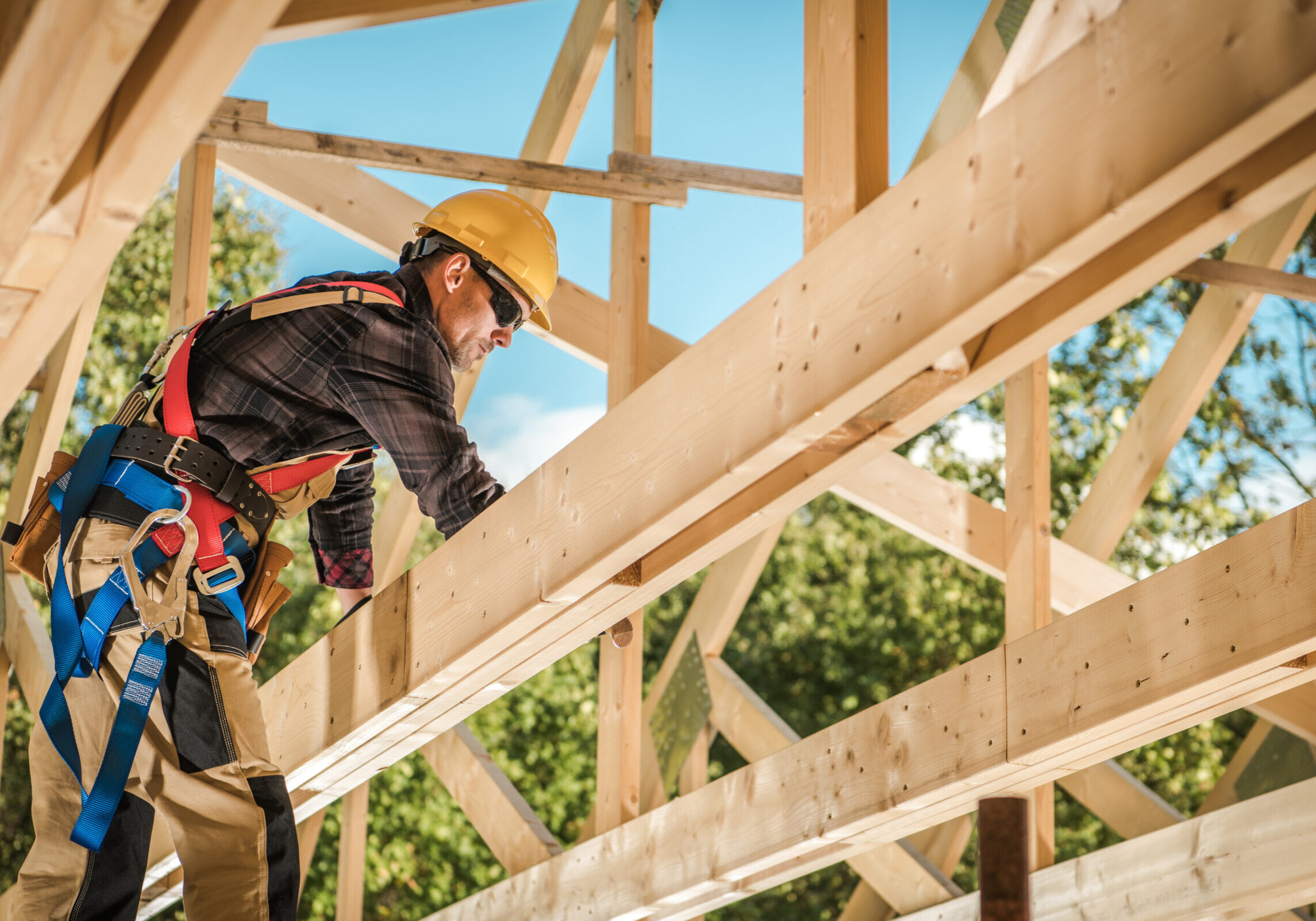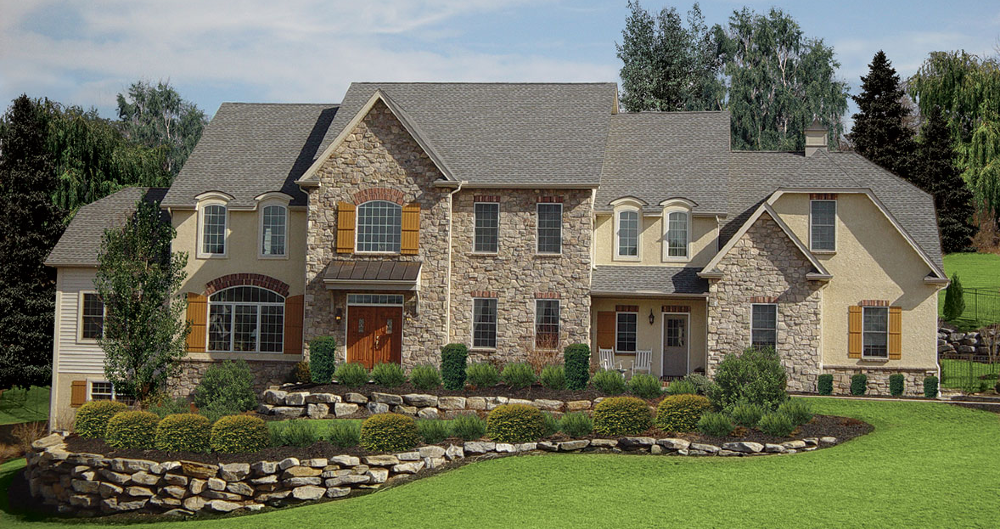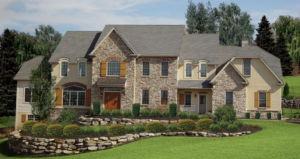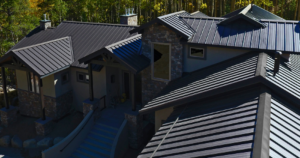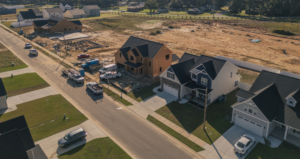Meeting Code and Compliance:
What Builders Need to Know About Stone Veneer
April 22, 2025
Understanding stone veneer regulations
Stone veneer is a popular choice among builders for its aesthetic appeal, durability and cost-effectiveness. However, ensuring compliance with building codes and regulations is essential to prevent structural issues, safety risks and legal liabilities.
Builders must be aware of local, state and national codes that dictate proper installation methods, fire resistance and load-bearing requirements.
Key code considerations for stone veneer installation
International Building Code (IBC) and International Residential Code (IRC) standards
The IBC and IRC set the foundation for stone veneer compliance, providing guidelines on:
- Minimum thickness and weight allowances
- Adherence to proper backing materials
- Required weep systems for moisture control
- Fastening methods to prevent detachment
Fire resistance ratings
Stone veneer must meet fire safety standards, especially in wildfire-prone areas. Builders should verify whether the veneer product meets ASTM E84 (Surface Burning Characteristics of Building Materials) or other relevant fire resistance tests.
Moisture management and drainage
Improper moisture management can lead to mold, water damage and structural failure. Compliance requires:
- Weather-resistant barriers (WRB) behind the veneer
- Weep screeds at the base of walls to allow water drainage
- Proper flashing around windows, doors and transitions
Structural load considerations
Although stone veneer is lightweight compared to natural stone, it still adds significant load to walls. Builders should ensure that:
- The substrate and framing can support the additional weight
- Fastening and anchoring methods follow code requirements
- Expansion joints are incorporated to allow for movement
Seismic and wind load compliance
In regions prone to earthquakes or high winds, stone veneer must meet additional reinforcement requirements. The American Concrete Institute (ACI 530) and local seismic codes dictate:
- The need for reinforced lath and scratch coats
- Additional anchoring for high-impact zones
- Wind resistance testing compliance
Ensuring compliance: best practices for builders
Ensuring compliance with stone veneer installation is all about using code-approved materials, following precise installation guidelines and protecting against moisture with WRBs and weep screeds. Structural integrity, proper permitting and skilled installation are also key to durability and safety. The good news? Ply Gem Stone and StoneWorks simplifies the process, offering expertly designed products that meet industry standards, making it easier for builders to achieve compliance without the hassle.
Meeting building codes for stone veneer is crucial for long-term performance, safety and legal compliance. By understanding regulations, following best practices, and working with trusted suppliers like Ply Gem Stone and StoneWorks builders can ensure successful installations that stand the test of time.
Source: International Building Code (IBC) 2021, International Residential Code (IRC) 2021, ASTM Standards, Ply Gem Stone Technical Data
Interested in rebates on Ply Gem Stone and StoneWorks?
As a HomeSphere partner, Ply Gem Stone and StoneWorks gives builders easy access to compliance-ready stone veneer while unlocking valuable rebates and incentives to maximize project savings. Ply Gem Stone combines beauty, durability, and industry-approved performance, making it a trusted choice for builders who want easy compliance and long-lasting results.
Rebates are available for both single-family and multifamily builders who join HomeSphere. Earn rebates through the HomeSphere Rebate Program, and check our full list of partners to see what other rebates you could be earning through our program.

